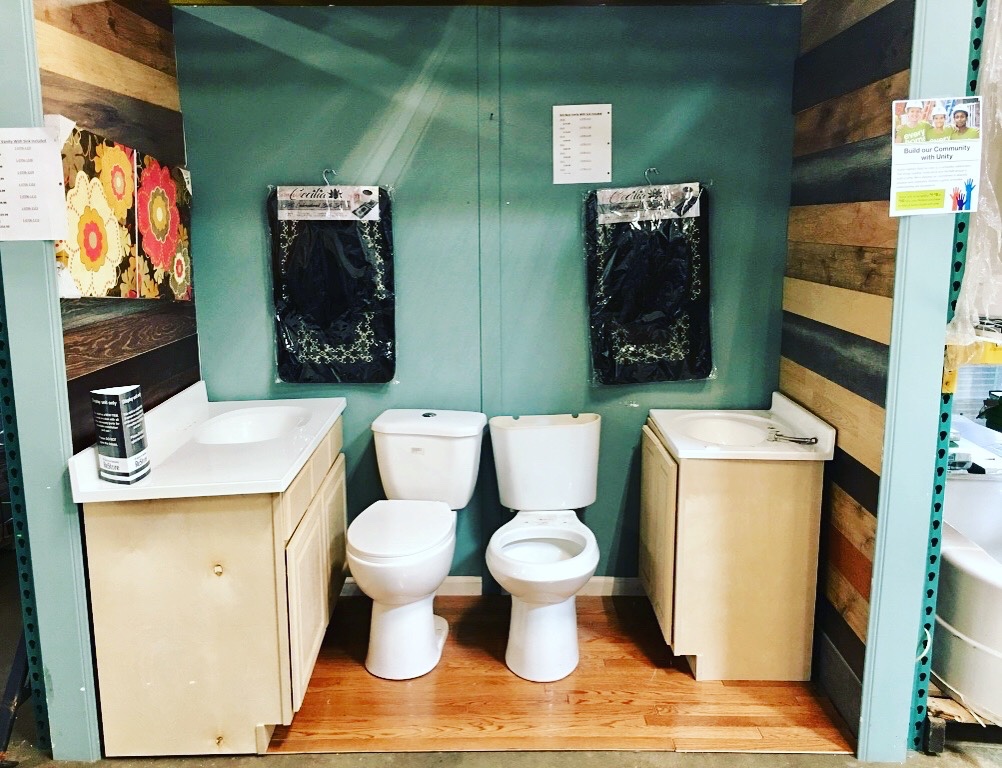major remodel.

William Morris

Let’s begin in the kitchen. Shoshana worked with a brilliant carpenter to design and construct the custom cabinetry. The ceilings are quite high, so there was ample room to exploit this built-in element.
Carrara marble

Or who knows why?

In the center of the expertly appointed dining area sits an A.W.N. Pugin designed octagonal gothic revival oak table from 1860. It is surrounded by four equally substantial leather and oak high back chairs that Pugin originally designed for the
House of Commons.

English roundabout,

But if that is not your intention, let’s think about ways to correct this subtle manipulation. Even if the square room in theory demands absolute symmetry, I would argue that a slight adjustment of the center table, and possibly situating one of the chairs in a corner could provide a suitable pathway to flow through the room unencumbered. As stated above, this is quite a subtle impression, and the first few times I walked through, I didn’t notice. This example illustrates the thought that the
micro-aggression
